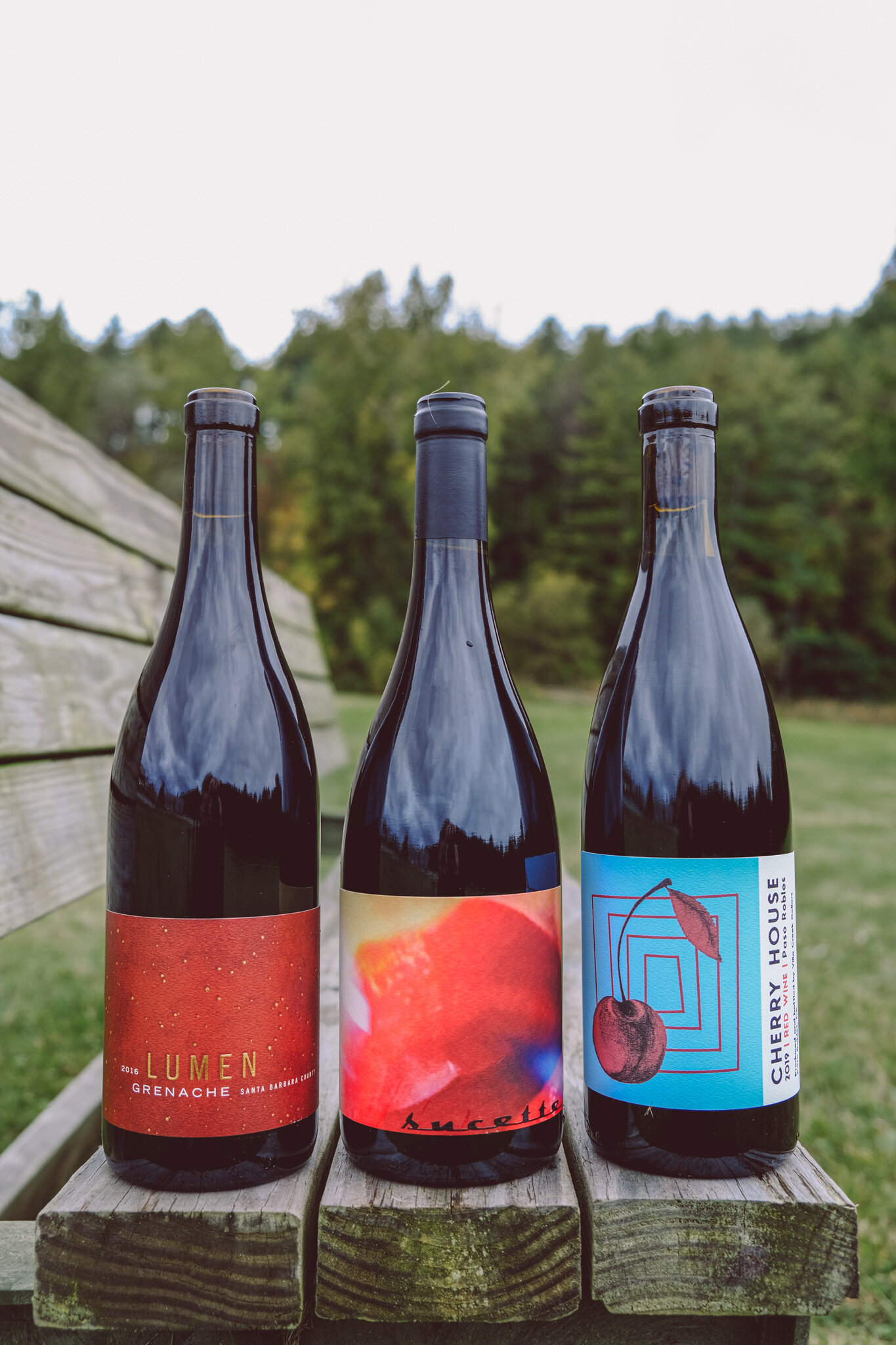Grenache Noir
By David Keck
With the colors changing, the evenings cooling off, and sweaters being pulled out of closets, it is time to start thinking about some richer, fuller bodied red wines. This seemed like an opportune time to write a little love letter to one of our favorite grape varieties: Grenache Noir.
To be honest, it took me a little while to find my love of Grenache. I hadn’t had an a-ha! moment with it, I didn’t tend to drink it much in my non-work time, and it constantly stymied me in blind tastings. My love for Grenache grew slowly, bottle by bottle, first with some truly delicious Châteauneuf-du-Pâpe, then some epic Australian Grenache from the Vine Vale, then Grenache grown in granite outside Madrid, and it just exploded from there. If Pinot Noir is Marion Cotillard: subtle; beautiful; mercurial; French; then Grenache is Penélope Cruz: intense; dramatic; born in Spain. Or perhaps Pinot Noir is Gérard Depardieu and Grenache is Javier Bardem. There are similarities but also dramatic differences.
Grenache, like Pinot Noir, is a thin-skinned grape variety. Since color in red wine comes from the skins, having thin, less pigmented skins, means that the wines are paler in color than some of their thick-skinned cousins like Syrah or Cabernet Sauvignon. However, behind that pale color hides a heck of a lot of intense potential for alcohol (Grenache, or Garnacha, can reach 16%+ alcohol in southern France, Spain, and Australia), and bright red fruit flavors. It is also prone to delightful spice, particularly white pepper (worth picking some up if this is an aroma with which you are unfamiliar—it will add a beautiful character to your home Szechuan cooking experiments. In the Southern Rhône valley it also famously picks up the garrigues character of the surrounding underbrush—lavender, rosemary, thyme, brambly dry Mediterranean spice.
It’s almost as if Grenache was made for this Fall season. As the days get cooler and the meals get heartier (think roasts and stews and fresh game and root veggies) a Grenache-based wine - with its intense red fruit, earthiness, and slight spice - is the perfect companion. It pairs especially well with your favorite wool socks, the cozy glow of a hearth fire, and autumn rain.
And if you’re the type to think ahead, you probably already know what I’m about to say, Grenache is just about the perfect addition to the holiday table. Alongside the turkey and the cranberry sauce and an obscene amount of pie, it’s sure to be a crowd pleaser. So much so, that I recommend you have a few extra bottles on hand. Here are the ones I’ll be stocking up on:
An Approach to Relaxation: Sucette , Grenache
Old Vine - Barossa Valley (2016) *SUSTAINABLE*
Cirillo Estate: The Vincent, Grenache
Barossa Valley (2019) *PRACTICING ORGANIC*
Domaine de Mourchon: Loubié Rosé , Grenache/Syrah
Côtes du Rhône Villages (2020) *ORGANIC*
Domaine du Pégau: Cuvée Setier, Grenache Blend
Côtes du Rhône Villages (2019) *SUSTAINABLE*
Lumen, Grenache
Santa Barbara County (2016) *SUSTAINABLE - ORGANIC - BIODYNAMIC*
Villa Creek Cellars: Avenger, Syrah-based blend with Grenache
Paso Robles (2017) *SUSTAINABLE - ORGANIC - BIODYNAMIC*
Villa Creek Cellars: Cherry House, Red Blend
Paso Robles (2019) *SUSTAINABLE - ORGANIC - BIODYNAMIC*
Villa Creek Cellars: Rocks & Flowers, Grenache-based blend
Paso Robles: MAHA Estate (2018) *SUSTAINABLE - ORGANIC - BIODYNAMIC*



